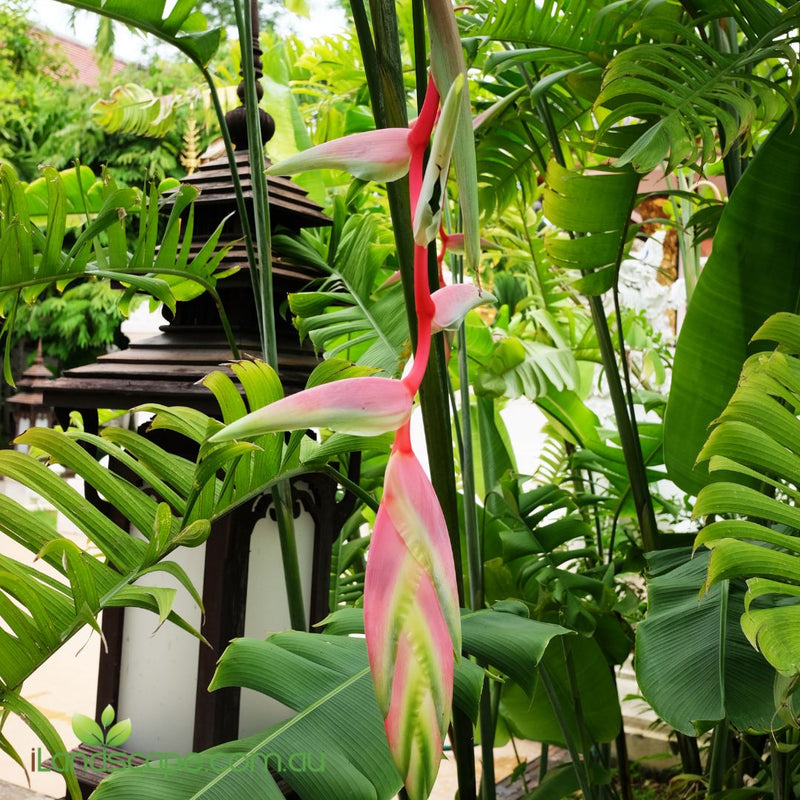
Top 10 Must-Have Tropical Plants for Queensland Gardens

Description:
Malus floribunda, commonly known as the Japanese Crabapple, is a deciduous tree admired for its showy spring blossoms, arching branches, and small ornamental fruit. This medium-sized crabapple is widely used in ornamental gardens for its profusion of flowers that create a spectacular display in spring, followed by colorful fruits that persist into winter. Its graceful form and seasonal interest make it a popular choice for both formal and naturalistic landscapes.
Flowers:
In early to mid-spring, Malus floribunda produces abundant, small, single flowers that open a deep pink in bud and fade to white as they bloom. The blossoms cover the branches, creating a striking, multi-colored effect that attracts pollinators such as bees.
Foliage:
The tree has dark green, oval-shaped leaves that turn shades of yellow to orange in autumn. The foliage provides a lush, green canopy in summer, transitioning to warm tones in fall, adding another layer of seasonal interest.
Fruit:
After flowering, Malus floribunda produces small, round fruits that mature to a bright red or yellow in autumn. These fruits, while edible, are tart and primarily valued for their ornamental appeal. They persist into winter, providing color and a food source for birds.
Form and Size:
Japanese Crabapple has a graceful, spreading growth habit with arching branches. It typically reaches a height of 4.5 to 6 meters with a similar spread, forming a rounded, dense canopy that provides light shade.
Growing Conditions:
This crabapple thrives in full sun and is adaptable to a variety of well-draining soil types. It prefers slightly acidic to neutral soil and requires regular watering during dry periods, particularly when young. Once established, it is moderately drought-tolerant and can withstand colder climates.
Uses:
Malus floribunda is ideal as a specimen tree in gardens, parks, and large landscapes. Its vibrant spring blossoms and attractive fruit make it an excellent focal point. It is also suitable for use in wildlife gardens, as its flowers attract pollinators and its fruit provides food for birds.
Maintenance:
This tree is relatively low-maintenance, with minimal pruning needed to maintain its shape. Prune in late winter to remove dead, damaged, or crossing branches. Apply a balanced fertilizer in early spring to support healthy growth and flowering. It has good resistance to common crabapple diseases, though it’s best to monitor for signs of apple scab or powdery mildew in humid conditions.
Notes:
Malus floribunda is valued for its extended flowering period and multi-seasonal appeal. Its ability to thrive in a range of climates, combined with its graceful form, makes it a favorite for ornamental planting.
Companion Plants:
Pairs well with spring-flowering bulbs such as Tulips and Daffodils, as well as other small trees and shrubs like Cornus (Dogwood) and Rhododendron. It also complements ground covers and perennials such as Hostas, Heuchera, and Ferns, creating a layered, naturalistic effect.
Common Name: Japanese Crabapple
Botanical Name: Malus floribunda
Family: Rosaceae
Origin: Japan
As we cannot guarantee stock all year around on Pots & Plants please hit us up via the chat button and we can get back to you with availability
Quantity:
Usually ready in 24 hours —
Delivery Options
Product Availability
Plants & Pots come and go all year around.
Where are our plants Grown and how do we grow them
How to Look after your plants like we do
